Blood, fluid that transports oxygen and nutrients to the cells and carries away carbon dioxide and other waste products. Technically, blood is a transport liquid pumped by the heart (or an equivalent structure) to all parts of the body, after which it is returned to the heart to repeat the process. Blood is both a tissue and a fluid. It is a tissue because it is a collection of similar specialized cells that serve particular functions. These cells are suspended in a liquid matrix (plasma), which makes the blood a fluid. If blood flow ceases, death will occur within minutes because of the effects of an unfavourable environment on highly susceptible cells.

Follow a red blood cell from the heart to the lungs and distant cells to exchange oxygen and carbon dioxideIn a circuit through the cardiovascular system, red blood cells transport oxygen from the lungs to the body tissues and transport carbon dioxide from the body tissues to the lungs.

The constancy of the composition of the blood is made possible by the circulation, which conveys blood through the organs that regulate the concentrations of its components. In the lungs, blood acquires oxygen and releases carbon dioxide transported from the tissues. The kidneys remove excess water and dissolved waste products. Nutrient substances derived from food reach the bloodstream after absorption by the gastrointestinal tract. Glands of the endocrine system release their secretions into the blood, which transports these hormones to the tissues in which they exert their effects. Many substances are recycled through the blood; for example, iron released during the destruction of old red cells is conveyed by the plasma to sites of new red cell production where it is reused. Each of the numerous components of the blood is kept within appropriate concentration limits by an effective regulatory mechanism. In many instances, feedback control systems are operative; thus, a declining level of blood sugar (glucose) leads to accelerated release of glucose into the blood so that a potentially hazardous depletion of glucose does not occur.
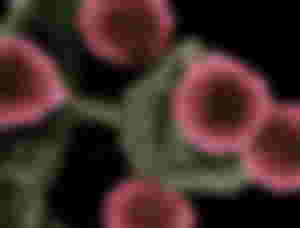
Blood: Fact or Fiction?
There are five types of blood cells.
Unicellular organisms, primitive multicellular animals, and the early embryos of higher forms of life lack a circulatory system. Because of their small size, these organisms can absorb oxygen and nutrients and can discharge wastes directly into their surrounding medium by simple diffusion. Sponges and coelenterates (e.g., jellyfish and hydras) also lack a blood system; the means to transport foodstuffs and oxygen to all the cells of these larger multicellular animals is provided by water, sea or fresh, pumped through spaces inside the organisms. In larger and more-complex animals, transport of adequate amounts of oxygen and other substances requires some type of blood circulation. In most such animals the blood passes through a respiratory exchange membrane, which lies in the gills, lungs, or even the skin. There the blood picks up oxygen and disposes of carbon dioxide.

[bad iframe src]
The cellular composition of blood varies from group to group in the animal kingdom. Most invertebrates have various large blood cells capable of amoeboid movement. Some of these aid in transporting substances; other are capable of surrounding and digesting foreign particles or debris (phagocytosis). Compared with vertebrate blood, however, that of the invertebrates has relatively few cells. Among the vertebrates, there are several classes of amoeboid cells (white blood cells, or leukocytes) and cells that help stop bleeding (platelets, or thrombocytes).
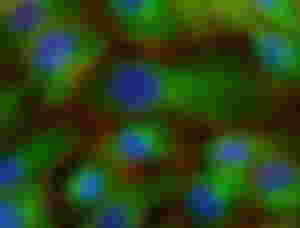
Oxygen requirements have played a major role in determining both the composition of blood and the architecture of the circulatory system. In some simple animals, including small worms and mollusks, transported oxygen is merely dissolved in the plasma. Larger and more-complex animals, which have greater oxygen needs, have pigments capable of transporting relatively large amounts of oxygen. The red pigment hemoglobin, which contains iron, is found in all vertebrates and in some invertebrates. In almost all vertebrates, including humans, hemoglobin is contained exclusively within the red cells (erythrocytes). The red cells of the lower vertebrates (e.g., birds) have a nucleus, whereas mammalian red cells lack a nucleus. Red cells vary markedly in size among mammals; those of the goat are much smaller than those of humans, but the goat compensates by having many more red cells per unit volume of blood. The concentration of hemoglobin inside the red cell varies little between species. Hemocyanin, a copper-containing protein chemically unlike hemoglobin, is found in some crustaceans. Hemocyanin is blue in colour when oxygenated and colourless when oxygen is removed. Some annelids have the iron-containing green pigment chlorocruorin, others the iron-containing red pigment hemerythrin. In many invertebrates the respiratory pigments are carried in solution in the plasma, but in higher animals, including all vertebrates, the pigments are enclosed in cells; if the pigments were freely in solution, the pigment concentrations required would cause the blood to be so viscous as to impede circulation.

[bad iframe src]
This article focuses on the main components and functions of human blood. For full treatment of blood groups, see the article blood group. For information on the organ system that conveys blood to all organs of the body, see cardiovascular system. For additional information on blood in general and comparison of the blood and lymph of diverse organisms, see circulation.
Blood Components
In humans, blood is an opaque red fluid, freely flowing but denser and more viscous than water. The characteristic colour is imparted by hemoglobin, a unique iron-containing protein. Hemoglobin brightens in colour when saturated with oxygen (oxyhemoglobin) and darkens when oxygen is removed (deoxyhemoglobin). For this reason, the partially deoxygenated blood from a vein is darker than oxygenated blood from an artery. The red blood cells (erythrocytes) constitute about 45 percent of the volume of the blood, and the remaining cells (white blood cells, or leukocytes, and platelets, or thrombocytes) less than 1 percent. The fluid portion, plasma, is a clear, slightly sticky, yellowish liquid. After a fatty meal, plasma transiently appears turbid. Within the body the blood is permanently fluid, and turbulent flow assures that cells and plasma are fairly homogeneously mixed.
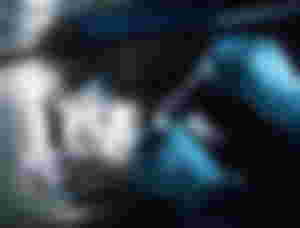
blood diagramBlood is made up of multiple components, including red blood cells, white blood cells, platelets, and plasma.Encyclopædia Britannica, Inc.
[bad iframe src]
The total amount of blood in humans varies with age, sex, weight, body type, and other factors, but a rough average figure for adults is about 60 millilitres per kilogram of body weight. An average young male has a plasma volume of about 35 millilitres and a red cell volume of about 30 millilitres per kilogram of body weight. There is little variation in the blood volume of a healthy person over long periods, although each component of the blood is in a continuous state of flux. In particular, water rapidly moves in and out of the bloodstream, achieving a balance with the extravascular fluids (those outside the blood vessels) within minutes. The normal volume of blood provides such an adequate reserve that appreciable blood loss is well tolerated. Withdrawal of 500 millilitres (about a pint) of blood from normal blood donors is a harmless procedure. Blood volume is rapidly replaced after blood loss; within hours, plasma volume is restored by movement of extravascular fluid into the circulation. Replacement of red cells is completed within several weeks. The vast area of capillary membrane, through which water passes freely, would permit instantaneous loss of the plasma from the circulation were it not for the plasma proteins—in particular, serum albumin. Capillary membranes are impermeable to serum albumin, the smallest in weight and highest in concentration of the plasma proteins. The osmotic effect of serum albumin retains fluid within the circulation, opposing the hydrostatic forces that tend to drive the fluid outward into the tissues.



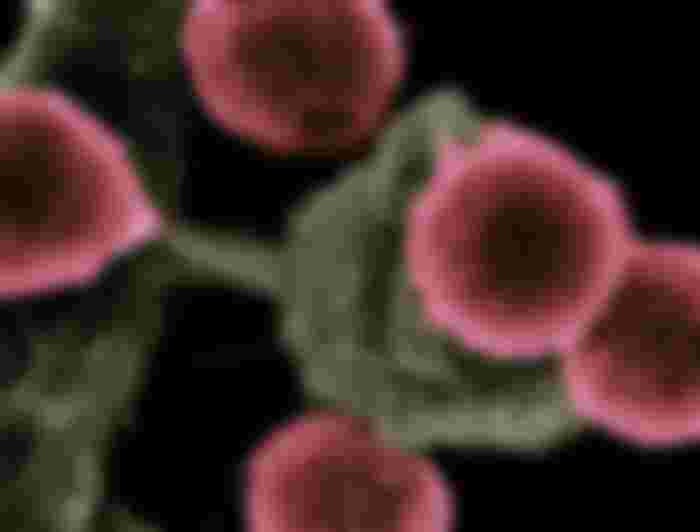

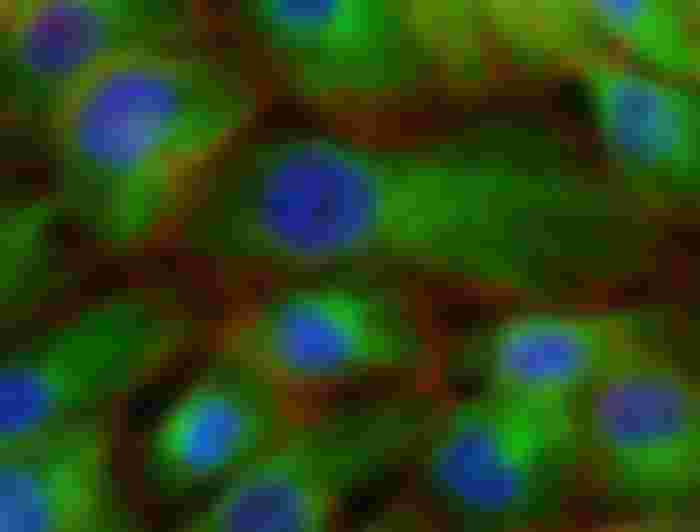

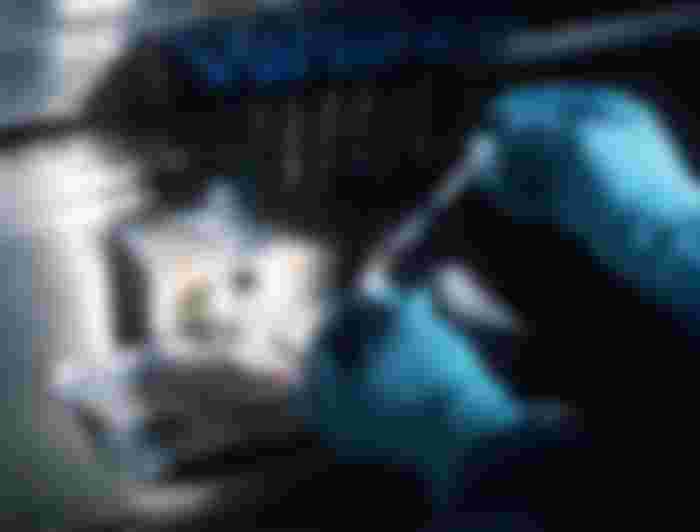
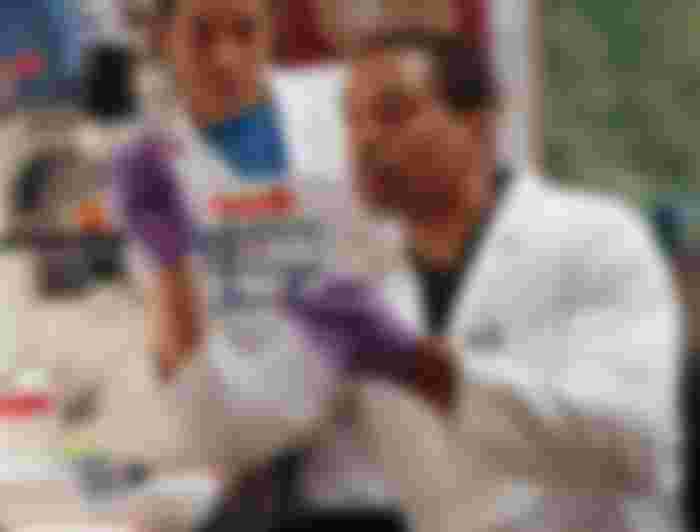
Blood plays important role to keep our body healthy...It contains hormones,enzymes etc elements which are completing many important works of our body..